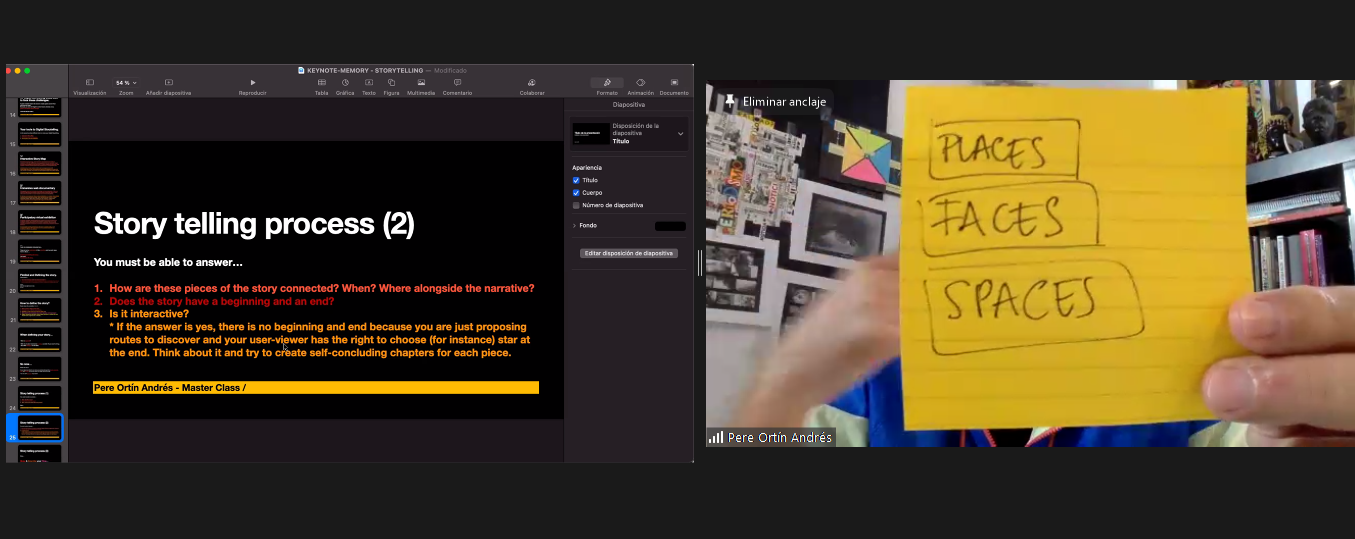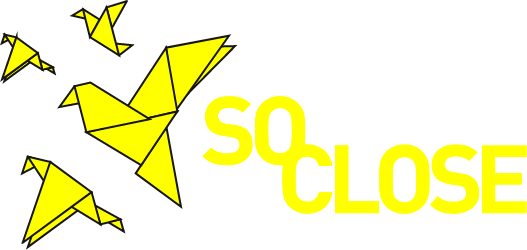Hello again from La Tempesta. We are the project’s technical partners in charge of developing the three digital heritage tools – interactive story map, immersive web-doc and participatory virtual exhibition – and today we are writing about the basic steps of the tools emplacement.
Leaving behind 2021 and the tools development work package after months of intensive work, we are delighted to hand over the three authoring and sharing tools to WP4 and the cultural institutions that will be working with them the next months. During this phase of the project, we will stand by our partners’ side to oversee the tools concrete emplacement, instruct local technicians and ensure their proper functioning.

Participatory virtual exhibition
The projects that will be developed by the four cultural institutions of SO-CLOSE, will be the pilots that will generate the content of each specific tool. After that, the tools will be ready for their final release.
Following, the general overview of the tools implementation process is meant to enlighten the way we envisage the use of these three digital storytelling “shells”.
1.What’s the story?
The first step before using the digital tools in order to tell a story is to define the story! Each institution engages into storytelling from a different geographical and conceptual point of view, preserves different king of heritage content and is related to its audience in a unique way. There are endless stories to be told and defining the one we want to tell is not an easy task.
As our storytelling experts involved in the project have suggested, you should be able to explain your story in just a few words in a concrete, clear and concise way, and answer who tells the story, from what point of view and how many parts does the story have. Collaborative approached of heritage making begin in this early phase, shaping the story WITH the people that participate in the project. Not FOR them.
2. Choose the right tool (for your story).
As we mentioned before, the tools are the “shells” that will host the co-created stories and in the digital sphere. The three tools have distinctive features that allow to display the content in different ways, as they offer the possibility to focus a narrative on maps, audio-visuals or objects and testimonies.
3. Gather media content.
What we call media gathering is a dynamic and collaborative process of collecting archival material and creating new digital media, that can transmit the narratives we are working on. Cultural institutions in SO-CLOSE are collecting historical sources from archives and are developing proper activity plans and workshops, in order to promote interactions between local populations and refugee communities and co-create shared narratives with media of the past and the present.
4. Filling the shells.
This is the moment when the digital tools will be populated with content in order to display the different projects. This is done using the authoring part of the tools, which allows users-authors to create atomic content records, add journeys, exhibitions and chapters and use the available modules in order to build, the journeys’ steps, the exhibitions’ panels and the chapters’ sections!
The authoring side of the tools is designed in a way that allows non-expert and little familiarised users to make to make an autonomous use relying on the tools manuals that will be released. Another expert advice: don’t wait until you have all the content you need, before trying the tools! Play with them and try different ways to display what you hold; it may inspire you and give you a hands-on experience of your work in progress look and feel!
5. Share your project!
Finally, publish your project and share your narratives with your audience and ask for the feedback from your users!

SO-CLOSE stories are about PLACES-FACES-SPACES. Yours?



